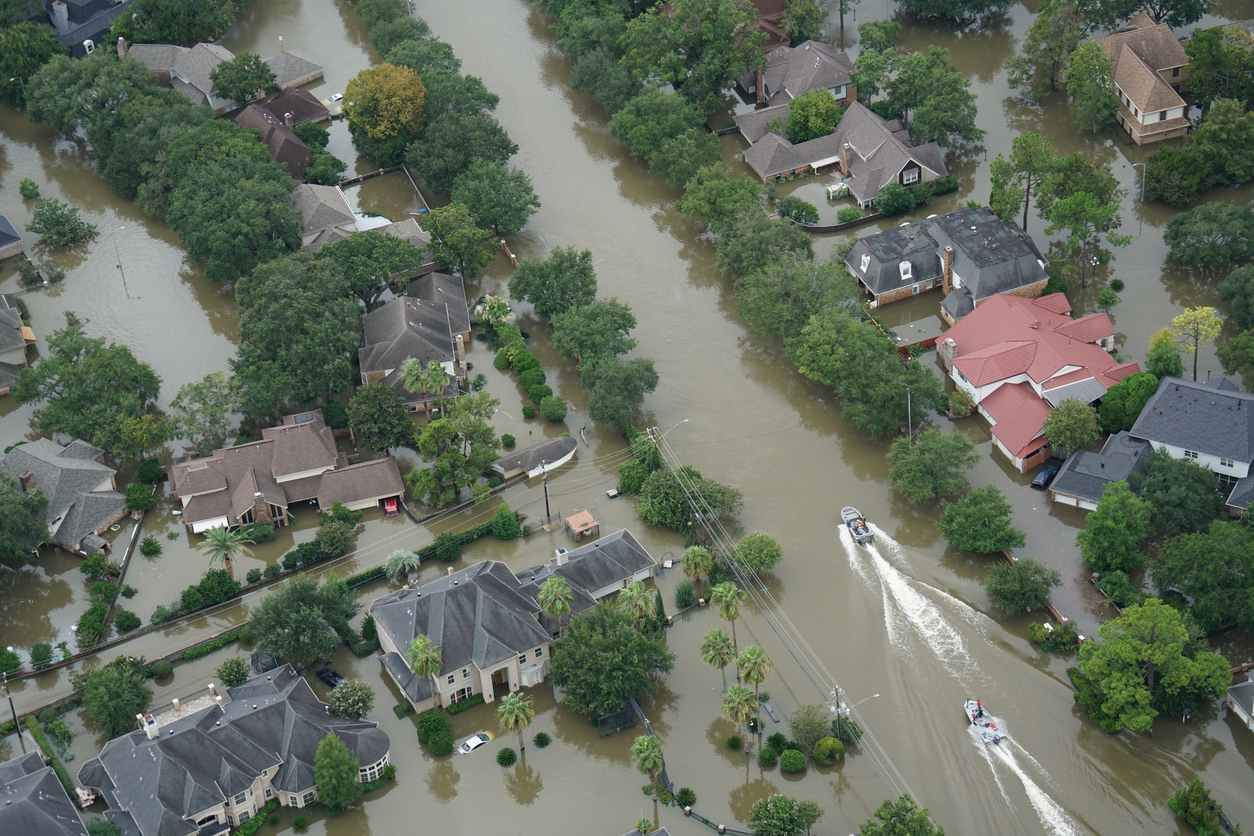The policy briefing, “Flood Insurance: Bridging the Insurance Gap,” is the third installment in PCI’s 2018 Capital Engagement Series. Don Griffin, PCI’s department vice president of policy, research, and international moderated the panel of experts including Michael Lyons, president and CEO at Weston Insurance Holidngs Corporation; Scott Giberson, principal of flood compliance at CoreLogic; and John Rollins, actuary at Milliman.
PCI’s thought leadership series, Plan.Prepare.Protect. also addresses the need to plan, prepare, and protect human lives and property from the threat of future weather and climate events. The series, released earlier this year, includes informational briefs covering flood insurance, auto flood damage, claims handling, building codes, and wildfires.
“Hurricanes Michael and Florence underscore a major and often overlooked public policy crisis – the millions of families and businesses that are underinsured or uninsured for natural catastrophes. These storms are yet another reminder that policymakers, insurers, thought leaders, and consumers need to work together to identify solutions for bridging the flood insurance gap. In order to prevent these troubling and catastrophic trends from continuing, Congress must reauthorize the National Flood Insurance Program, which is set to expire on November 30. Passing a long-term bill with reforms that expand consumers’ flood insurance options will provide greater stability and reliability for consumers. We also must continue to work together to bring more flood insurance options to the marketplace and educate consumers about the dangers of flooding,” said Griffin.
“Working together, private insurers and the NFIP can address coverage and affordability issues to narrow the flood insurance gap and insure more properties that are currently uninsured or underinsured,” said Lyons.
“Across each of the several U.S. regions we studied, Milliman’s recent research shows an opportunity to vastly improve the overall number of households with flood insurance by allowing private insurers to enter the market and coexist with the NFIP. As the NFIP begins to update its rating plans, the latest flood risk science, technology, and data indicate that together, private and federal flood insurance can cover more of both low-risk and high-risk properties at actuarially sound rates while potentially saving many households money on premiums,” said Rollins.
“Generally speaking, homeowners, renters, and business owners with flood insurance coverage can recover more quickly and completely from flooding disasters, such as the recent Hurricanes Florence and Michael, than those without adequate coverage in place. Companies like CoreLogic can offer data and innovative solutions to power the public and private sectors’ efforts in closing the insurance gap. When combined with sound floodplain management, mitigation, and flood risk identification, flood insurance is a critical component of a resilient nation,” said Giberson.
The PCI Capital Engagement Series is a series of briefings and policy discussions that bring together insurance industry and thought leaders to discuss the importance of property casualty insurance and the current issues impacting the industry. Previous Capital Engagement Series events focused on the challenges and opportunities to address the dangers of marijuana-impaired driving; navigating the future of autonomous vehicles; and defending U.S. insurance consumers and markets.
About PCI
- PCI promotes and protects the viability of a competitive private insurance market for the benefit of consumers and insurers. PCI is composed of nearly 1,000 member companies, representing the broadest cross section of insurers of any national trade association. PCI members write $220 billion in annual premium, 37 percent of the nation's property casualty insurance. Member companies write 44 percent of the U.S. automobile insurance market, 30 percent of the homeowners market, 35 percent of the commercial property and liability market and 37 percent of the private workers compensation market.














